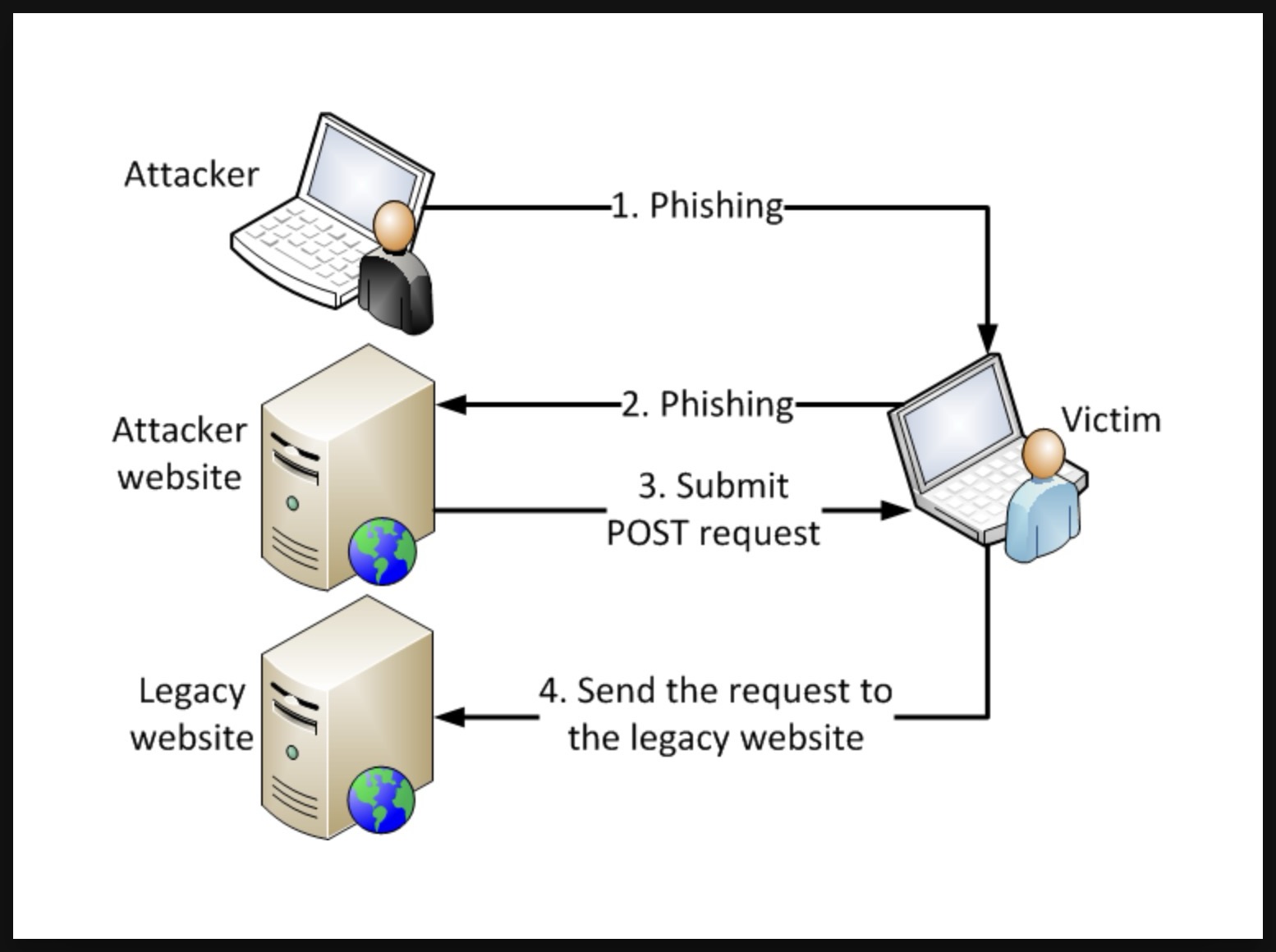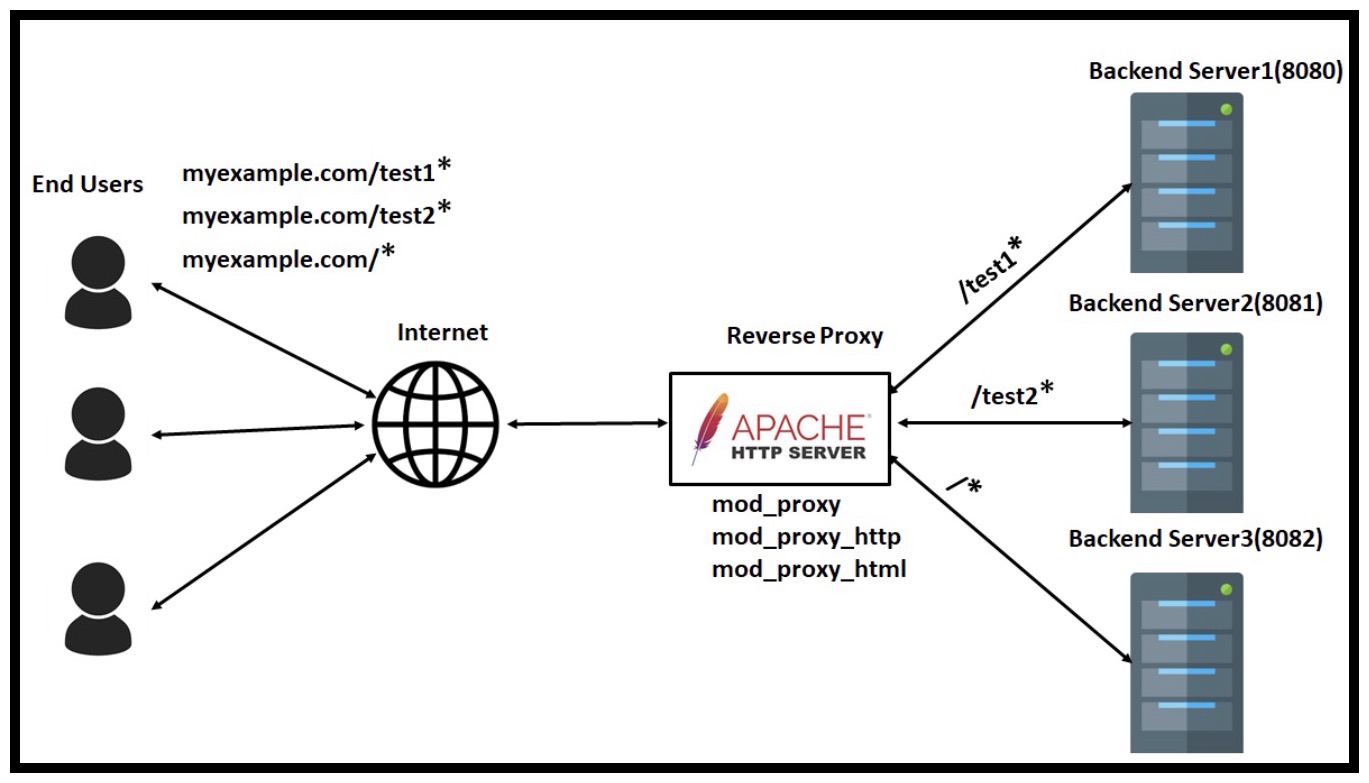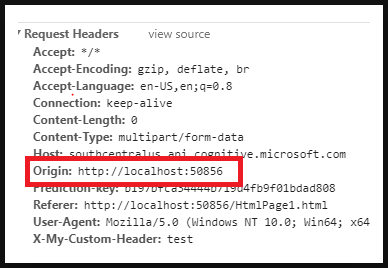Intuition
To begin with we need to answer a simple question, why do we need to block traffic from one site to another site, and have everything controlled in this CORS policy ?
Imagine there’s two site, site A is a legitimate banking website that provides online finance services, site B is a phishing website that tries to spoof the website A. As a developer you might be aware of API’s, and the legitimate banking website is using exactly that to transfer money from account to account, for instance: “
https://bank-site-a.com/api?from=account1&to=account2”. If without any security policy, the phishing site B can copy this exact link and place it on some easily found buttons or links, and once a user (with logged in bank account) clicks on these buttons or links, the transaction will be triggered without the user’s permission.
Such attack forces authenticated users to submit a request to a Web application against which they are currently authenticated, is called Cross-Site Request Forgery (CSRF).

And the CORS (Cross-Origin Resource Sharing) policy is here to prevent this ! It will allow controlled access to resources from different origins/domain names in web browsers, ensuring security and protecting against cross-site scripting attacks.
Example
CORS Request Type ?
The CORS request will be preflighted (preflight request sent) in the following cases:
| |
For all other cases, the request is considered a simple request, and no preflight request is needed
CORS Simple Request
Suppose a user visits http://www.example.com and the page attempts a cross-origin request to fetch data from http://service.example.com. A CORS-compatible browser will attempt to make a cross-origin request to service.example.com as follows.
- The browser ends request with Origin header to
service.example.com:1Origin: http://www.example.com - The server at
service.example.comsends one of these three responses:1 2 3A) wild-card: Access-Control-Allow-Origin: * B) with-origin: Access-Control-Allow-Origin: http://www.example.com C) disallow: Access-Control-Allow-Origin: none
CORS Preflight Request
When performing certain types of cross-domain Ajax requests, modern browsers that support CORS will initiate an extra “preflight” request to determine whether they have permission to perform the action. Cross-origin requests are preflighted this way because they may have implications to user data.
| |
If service.example.com is willing to accept the action, it may respond with the following headers:
| |
The browser will then make the actual request. If service.example.com does not accept cross-site requests from this origin then it will respond with error to the OPTIONS request and the browser will not make the actual request.
Resolving Cross-Origin Issue
From time to time we will have to face the condition where we need to access some portion of the site from another site (for instance: reading font-face or script, fetching data using ajax), and in that scenario, we will need to bypass the Cross-Origin constraint by CORS policy. And we can resolve this via two methods: making the two sites under the same domain (using reverse proxy like apache or nginx), or add the parent site (origin) into the access-allow-origin header of the child site (target).
Method-1: Reverse Proxy
The first method involves using a reverse proxy router, mapping two sites of the different domain to a different URI of the same domain. For instance we can map “www.proxy.com/site-1” to “www.example.com”, “www.proxy.com/site-2” to “www.services.com”, and replace the original URL (in the “www.example.com”) from “www.services.com” to “www.proxy.com/site-2". Then from the point-of-view of the browser, they are now under the same domain hence will not trigger the CORS policy.

Method-2: Add Origin Header
The second method involves making modification at the service (side of server), in order for the browser to permit CORS access, the receiver will need to have origin’s origin in the “access-allow-origin” header; For instance, “www.example.com” initiates the request with header “origin:www.example.com” to server “www.service.com”, we will need to put header “access-allow-origin:www.example.com” for every relating request response from “www.service.com”.

Reference-1: Wikipedia - Cross-origin resource sharing Reference-2: Bilibili - 底搞懂CORS(跨域资源共享